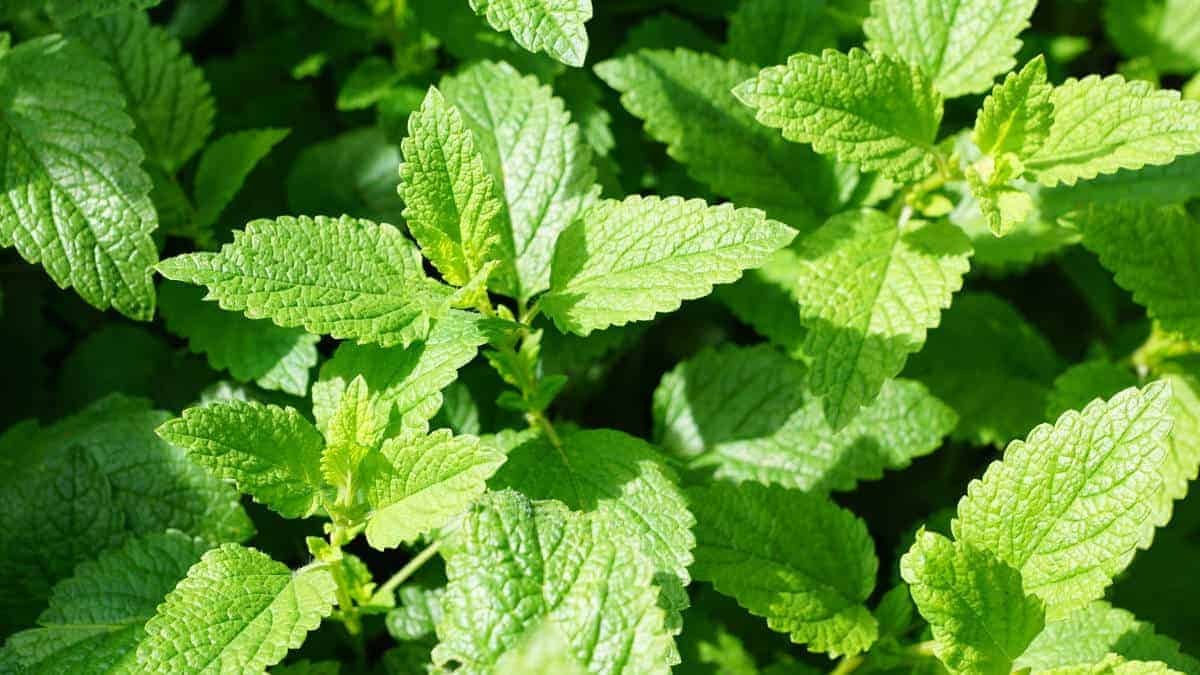Description
Mint is a pungent sweet green herb sourced from the leaves of one of the varieties of mint plants (Mentha).
What does mint taste like?
Mint has a sweet, citrus, and crisp aroma and a distinctive menthol flavor that creates a cool refreshing after taste.
*Note: There are several varieties of mint sold under different names depending on where you live. The other common types being peppermint and spearmint.
Peppermint has a stronger flavor with a more intense menthol taste. This variety is more popular in North America where it is commonly sold as just ‘mint’.
Spearmint, on the other hand, is milder and is the version traditionally found in the majority of European kitchens.
Where does mint come from?
Mint is found native across Europe and Asia as there are over 30 varieties of the herb, these include strawberry mint, pineapple mint, ginger mint, apple mint, pennyroyal, spearmint, and peppermint.
The two main culinary varieties being spearmint and peppermint. Spearmint is lighter in flavor and more popular in cooking whilst peppermint strength is better suited to sweet applications and extracts.
Mint Uses
Common in English, Middle Eastern, and Indian cuisines mint has separate uses throughout the world. In England, it is a traditional condiment as mint sauce, mainly for roast lamb, or for sweet dishes and drinks.
Mint can complement both savory and sweet dishes including ice cream, gum, cocktails, drinks, sauces, dressings, marinades, curry, stew, roasts, salads, and relishes.
In India mint is used for refreshing tea, chutney, salads, and sauces, well complemented by coriander and yogurt.
In the Middle East, the herb freshens couscous and chickpea salads and in Vietnam mint features in spring rolls and stir-fry.
Mint Substitutes
- Basil: As a member of the mint family basil has similar properties being sweet, floral, and freshness.
- Marjoram: Possesses a menthol likeness that can be used for savory recipes.
- Peppermint Extract: concentrated mint flavoring which can be used when mint is required to be dissolved into a liquid such as ice creams or baking.
Mint Compliments and Pairings
Mint complements with sweet and citrus in both matching and contrasting ingredients including apple, fruit, berries, chocolate, cream, lamb, poultry, fish, cheese, salad, pea, potato, coriander, yogurt, cucumber, pomegranate, vegetables, asparagus, watermelon, strawberries, tomato, and courgette.
Mint Expiration and Storage
- Fresh: wrap in a damp kitchen cloth and store in the fridge for up to one week.
- Dried: dried mint is concentrated in flavor which is released when warmed so best used in curries or marinades. Store in an airtight container away from direct light for up to six months.
- Extract: concentrated and sometimes artificial in flavor the extract can be kept for 3 – 4 years.
Fun Facts About Mint
- The word mint comes from Greek mythology in which a nymph named ‘menthe’ was transformed into the herb by Haides jealous wife.
- The mint-flavored chocolate After Eights, invented in 1962, became the must-have ‘posh’ evening treat.
- Before the invention of mint gum, there was first an attempt to popularise orange and licorice flavors.
Popular Mint Recipes
- Mojito
- Mint choc chip ice cream
- Roast lamb with mint sauce
- Pea and mint soup
- Strawberry and mint granita
- Raita
- Lassi
- Creme de menthe
- After Eight mint chocolate

